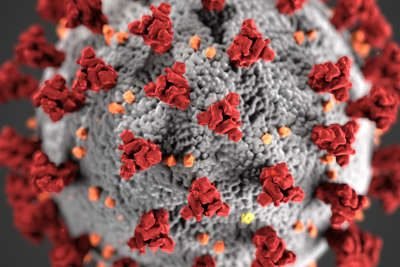Newest numbers. The Washington State Department of Health (DOH) reported a total of 1,493,194 confirmed cases as of 11:59 p.m. on April 26. There have been 12,686 COVID-19 deaths in Washington.
Data note: DOH is still experiencing delays in reporting cases, hospitalizations, and deaths as a result of prior slowdowns in our data systems during the omicron surge. We are clearing these backlogged cases, hospitalizations, and deaths as resources permit. The COVID-19 Epidemiological Curves tab is the most accurate representation of COVID-19 activity and is updated daily as new cases are identified and duplicates are resolved.
For the most recent number of cases by county, demographics, and more, visit the Department of Health’s dashboard.
Note: As of March 31, 2022, DOH will publish this bulletin on Thursdays only, and only if there is significant new information to share.
Reported COVID-19 reinfections in Washington state. This weekly report includes information on hospitalizations and deaths, demographics, trends over time, and vaccination status of people with a reinfection for which DOH has information about both infection events. Read the full April 27 report.
COVID-19 cases among children and youth in Washington. This weekly report provides information on COVID-19 in all children and youth, ages 0 to 19 years. Cases are broken down by educational service district (ESD) regions and age. Read the full April 27 report in English and in Spanish.
COVID-19 cases, hospitalizations, and deaths by vaccination status. This weekly report provides a brief overview of confirmed or probable COVID-19 cases, hospitalizations, and deaths among those who are not fully vaccinated in Washington state. Read the full April 27 report.
DOH SARS-CoV-2 sequencing and variants report. This weekly report summarizes genome sequencing coverage of Washington SARS-CoV-2 specimens from multiple laboratories from across the United States and our state. It provides a statewide view of sequencing capacity and data, including breakouts by county and demographics. Read the full April 27 report.
SARS-CoV-2 vaccine breakthrough surveillance and case information resource. This weekly report provides data and criteria on fully vaccinated people who test positive with SARS-CoV-2 and may or may not develop COVID-19 symptoms. Read the full April 27 report.


